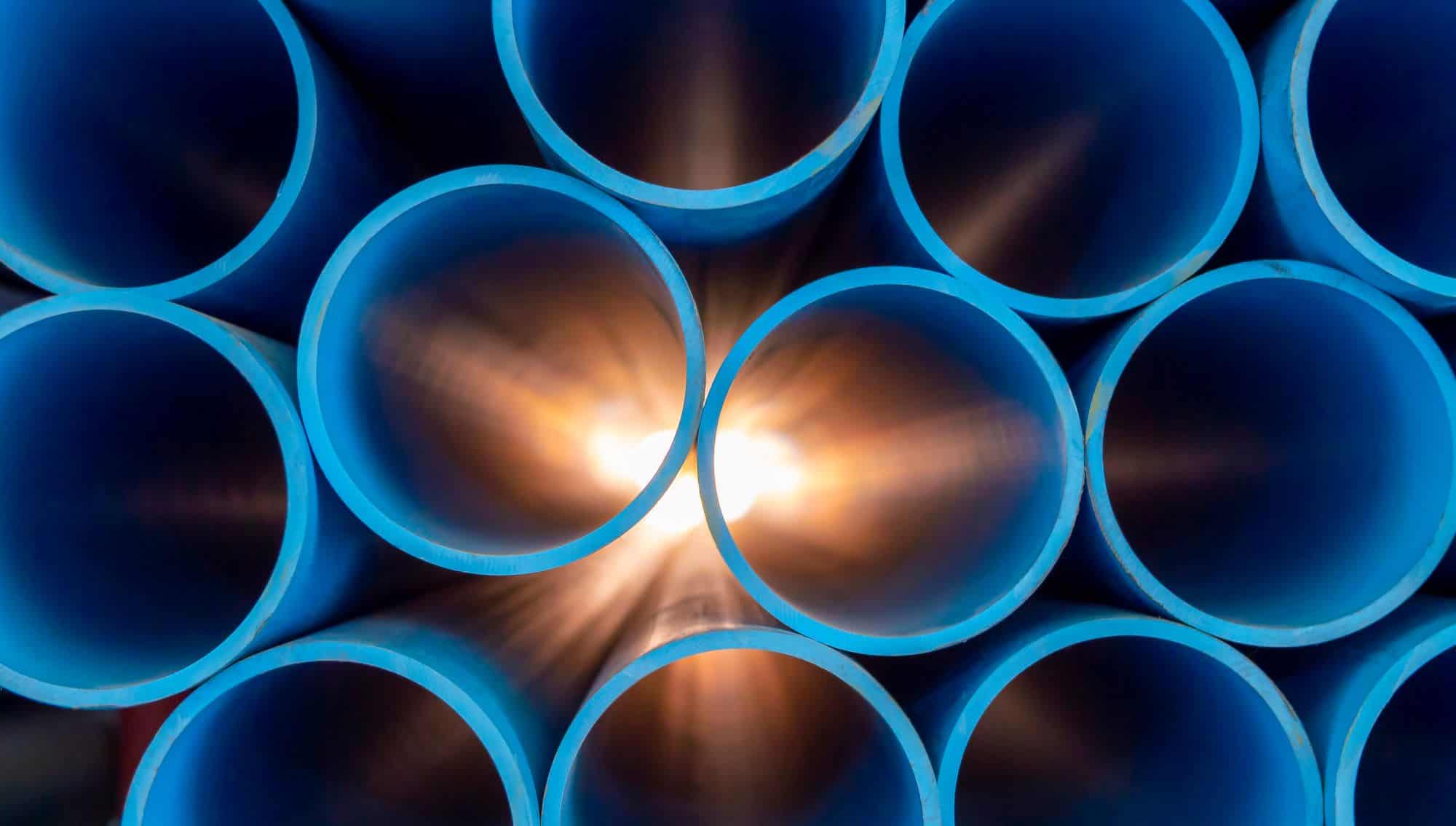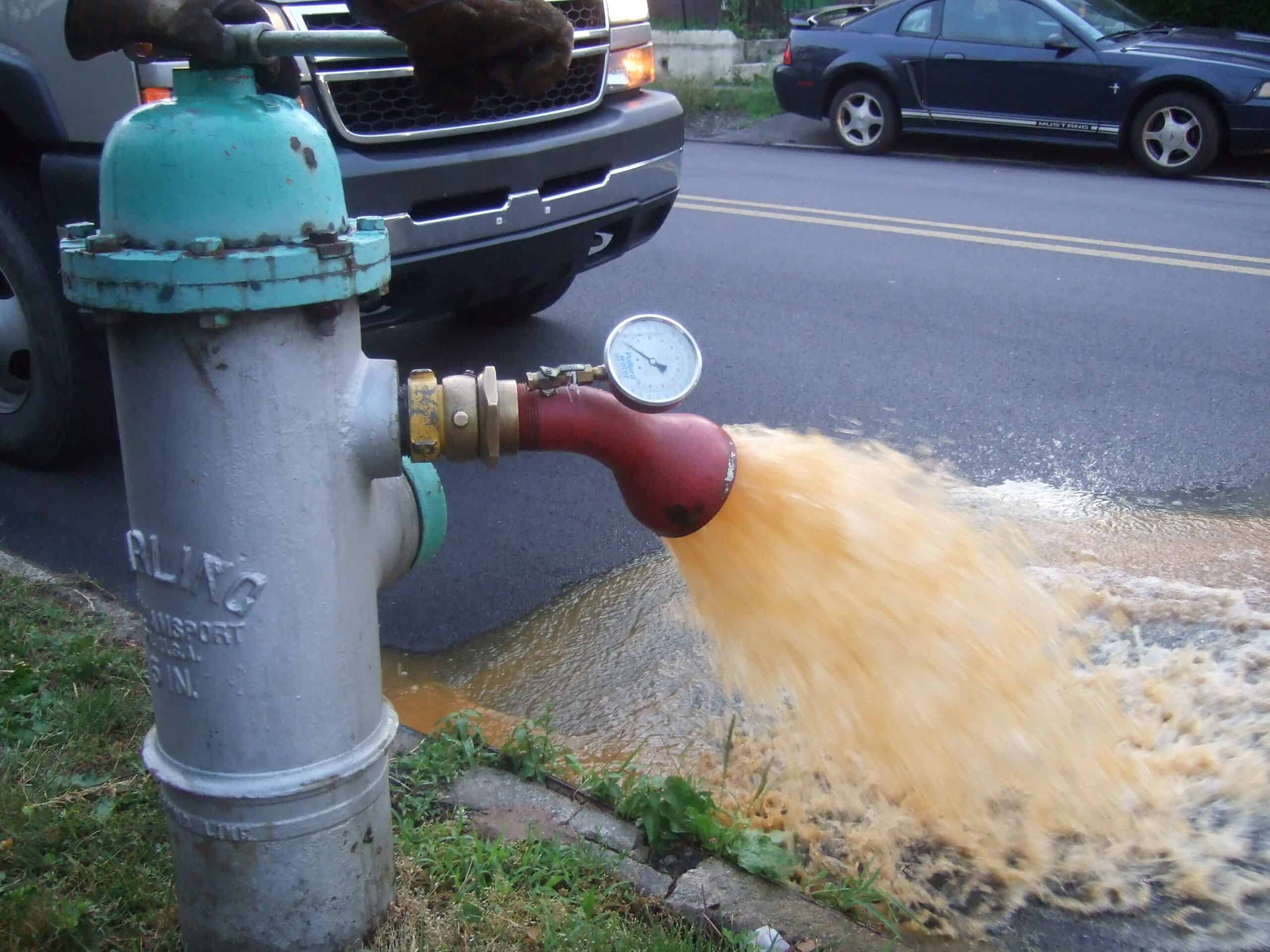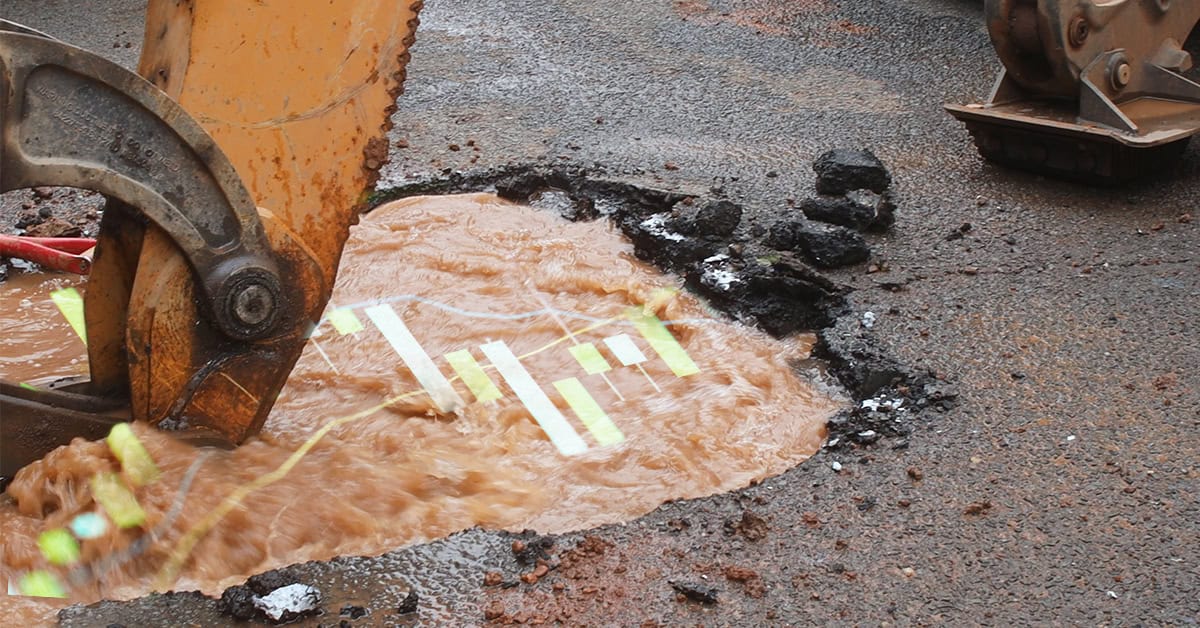Low Water Pressure
No one likes to have very low pressure at their home or business, and low pressure is one of the most common complaints water systems get from their customers. There are several reasons for low pressure, and identifying the reason is essential in order to correct the problem. Simulating low pressure in your hydraulic model can identify/confirm the cause of the problem and point you to the right solution. Run the model and see how it compares to what is reported from the field. Once you can simulate the problem, you are well on your way to correcting it.
Inadequate capacity
Demands vary over time, and the head loss in the system varies accordingly. If low pressure only exists during periods of high demand, the problem is usually inadequate capacity. Most of the time, in these situations, the pipes are too small to supply the problem area. The model can be used to pinpoint bottlenecks and size replacement or parallel pipes.
However, if the model says that the pressure is good, but the system says otherwise, the problem may be tracked back to a closed valve that is forcing the water to take an alternative path through the system, which causes excessive head loss. Experimenting with closing valves in the model to see which ones best simulate the real world can identify likely problem locations to send a crew out to find the bad valve.
If pressure problems arise quickly, they tend to be caused by an incorrectly closed valve or a large undetected leak. If the problems evolve over many years, they may be caused by tuberculation in pipes or excessive customer growth in an area beyond what the pipes were sized for.
Another cause of low pressure that occurs in pressure zones that don’t have elevated storage is a pumping station that is running out of capacity. As demand exceeds the flow at the best efficiency point of a pump, the pump discharge pressure drops, which will lower the pressure at customers. The model can show the effect of a pump that is trying to discharge more than its rated capacity. A 700 gpm can produce 750 gpm, but its discharge pressure will drop.
Elevation issues
Attempting to serve customers at too high of an elevation will lead to consistent low pressure. For example, the water level elevation in the tank may be 720 ft, and the highest customer may be at 690 ft, which means that the pressure will be 13 psi. Even if the pipes were much larger and head loss lower, the pressure would not be acceptable, and the low pressure will persist even at times of low-demand. Making model runs for low demand scenarios can show problems due to customers at high elevations. If the pressure remains low with the decreased flow or increased pipe size, the problem is elevation, not head loss.
In this case, it may be necessary to adjust pressure zone boundaries so that customers at high elevations are served from a higher pressures zone. In many cases, however, there may not be a higher pressure zone to connect to. In such cases, if there is no tank in the pressure zone, it may be possible to modify the pump or pressure reducing valve (PRV) feeding the zone to increase the pressure in the zone.
If these measures don’t work after testing them in the model, the solution may be to install a booster pump and create a new pressure zone. If a new pressure zone is created, it can open up a large area for service, which was not possible with the old pressure zone setup. Such pumps should be sized with long-term growth in mind, rather than just for a handful of current customers experiencing low pressure.
High Water Pressures
While low pressures are a more pressing problem, excessive high pressure can also cause problems in terms of additional pipe breaks or greater leakage through existing leaks in both the water distribution system and customer premise plumbing. The hydraulic model can show areas with excessive pressure. If these areas are large, it may be desirable to establish a new pressure zone to provide more reasonable pressures. The model can identify where to place pressure zone boundaries, and what the pressure setting should be for the PRV(s).
If there are only a handful of customers with excessively high pressures, then it will be less expensive to suggest or require those customers to install a PRV in their service line to protect their plumbing. The model can identify those areas where this may be required.
Preventing Problems
While the steps above can identify and correct problems, it is best to avoid those problems with sound hydraulic design. The basis for good hydraulic design is good hydraulic analysis, and the state-of-the-art for such designs are your hydraulic models like WaterGEMS and WaterCAD. A small investment in hydraulic modeling can save many thousands in problem-solving later.
If you like blogs like this, you can go back to our library of blogs at https://blog.bentley.com/category/hydraulics-and-hydrology/.
Want to learn more from our resident water and wastewater expert? Join the Dr. Tom Walski Newsletter today!









